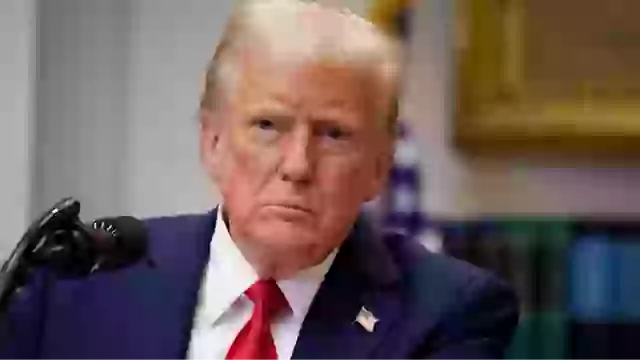Donald Trump has accused China of violating a temporary trade agreement that both nations had committed to for the past three weeks. The agreement, which froze the imposition of new tariffs, was the result of intense negotiation efforts led by Treasury Secretary Scott Bessent. He managed to secure a 90-day pause during meetings in Geneva, which many hoped would lead to a more permanent resolution between the two economic superpowers.
However, that hope now seems in jeopardy. Bessent revealed in a recent interview that the trade discussions had come to a halt and that the leaders of the two nations would need to get personally involved for talks to resume. He described the situation as “stalled,” given the scope and complexity of the issues on the table.
Trump, speaking via his social media platform, claimed that China was facing serious economic damage just weeks ago due to the U.S. tariffs his administration had implemented. He said the tariffs made it nearly impossible for China to access the American market and that the resulting pressure led to major factory shutdowns and unrest. Trump explained that he made a fast decision to offer a temporary deal to ease the crisis—not for America’s sake, but to help prevent China’s economy from deteriorating further.
Despite this effort, Trump now says China has not honored their side of the agreement. In his message, he sharply criticized the Chinese government for allegedly breaking the truce, adding that his willingness to be conciliatory was met with betrayal.
Since the initial phase of the trade war, tariffs from both sides have affected a wide range of goods. Trump’s tariffs went up to 145%, while China hit back with their own levies of up to 125%. These moves had a significant impact on global supply chains and investor confidence.
With the trade truce now potentially over, there is widespread uncertainty about what comes next. Markets and trade experts are closely monitoring the situation, waiting for further developments that could affect everything from shipping costs to stock prices.


